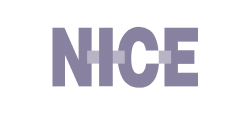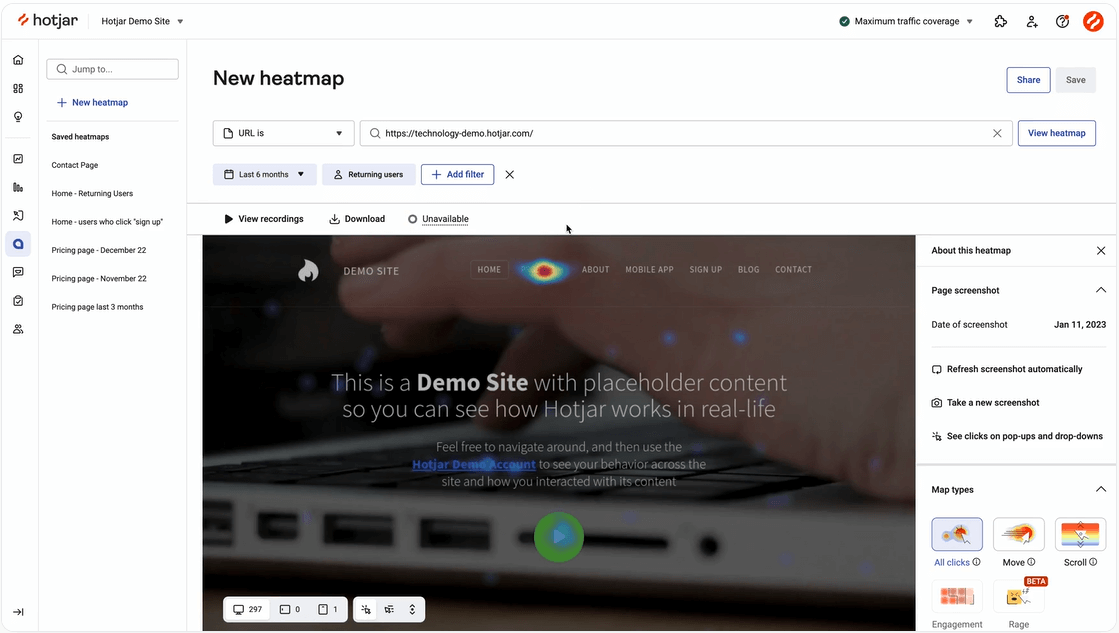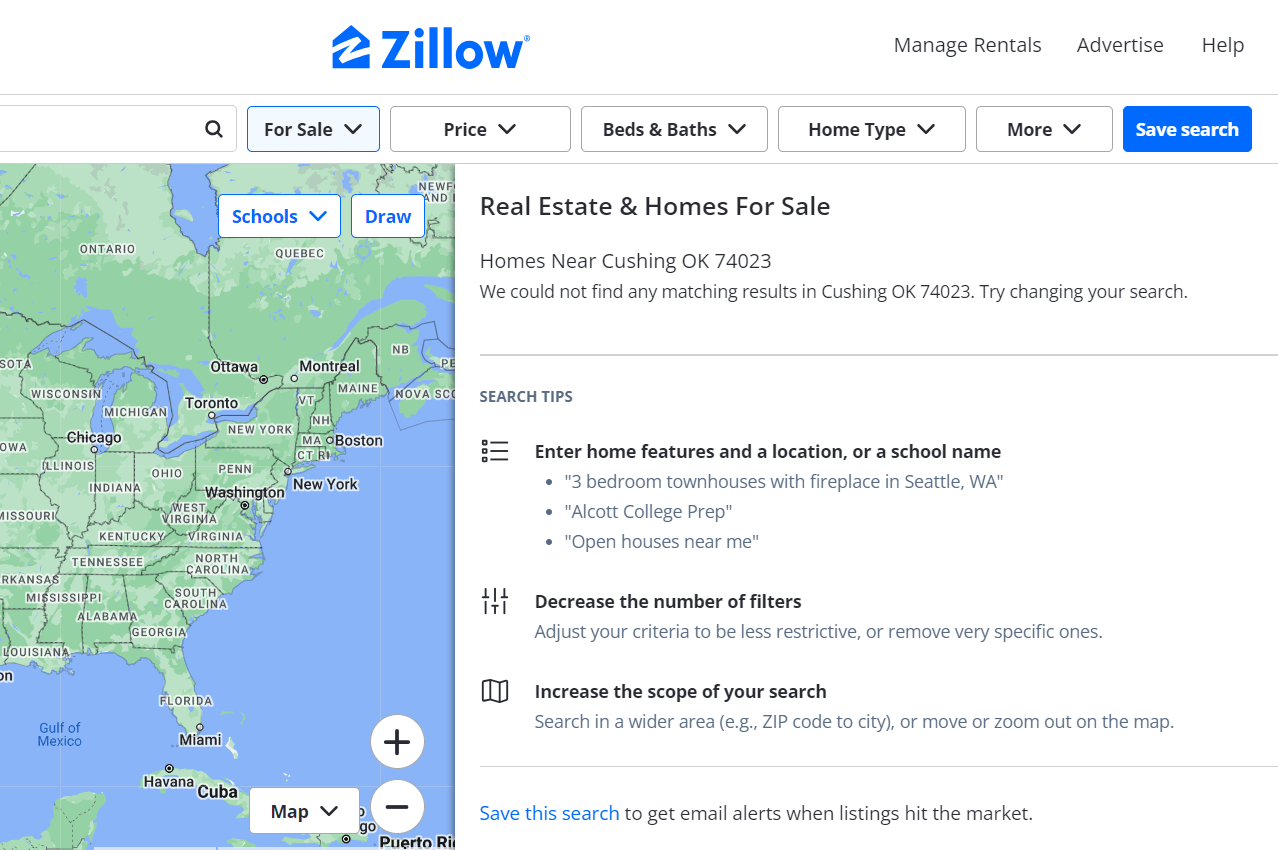5 Every-Day Business Website Designs That Do the Job
Get the best business website design examples and learn how to create engaging, user-focused content that drives action and elevates your website to new heights.


Get the best business website design examples and learn how to create engaging, user-focused content that drives action and elevates your website to new heights.
Short answer
Stop losing opportunities to ineffective presentations.
Your new deck is one click away!











